How to get to Valley of Lagoons (Reedybrook Station)
Reedybrook Station is located in North Queensland, Australia and is often referred to as the Valley of Lagoons; not to be confused with the Valley of Lagoons Station; Valley of Lagoons Station itself does not allow campers.

UPDATE 2020: Valley of the Lagoons is closed to camping. The reserve is accessible as public land to undertake short-term low-impact activities. Low-impact activities include fishing, kayaking, walking, bicycling, etc. Penalties will apply to anyone who doesn't adhere to the restrictions. The Reedybrook Ashes will still be able to go ahead each year as a stand-alone event with a permit.
Reedybrook Station is located in North Queensland, Australia and is often referred to as the Valley of Lagoons; not to be confused with the Valley of Lagoons Station; Valley of Lagoons Station itself does not allow campers. Valley of Lagoons is a locality in the Charters Towers Region, Queensland, Australia. It's about 400 kilometres inland northwest of Townsville near Greenvale (West of Cardwell/Ingham).
The Reedybrook Stock Route Reserve is part of the Queensland stock route network which is primarily used for moving stock, pasture for emergency agistment and sustainable long-term grazing. The use of stock route reserves is heavily regulated as they form a critical part of the travelling stock network and are valued by our community as they contribute to the pastoral industry and economy.
The northeastern slopes of Boulder Mountain are the origins of the Burdekin River so you're camping near the headwaters of the Burdekin River. The Burdekin River is Australia's largest river by peak discharge volume that flows across North Queensland and meets the sea between Ayr and Home Hill. Downstream, the river forms part of the eastern and southern boundary in four separate sections. Douglas Creek is a tributary of the Burdekin and also originates near Boulder Mountain (787 metres).
The traditional owners of the area are the Gugu Badhun peoples who travelled widely through the area but made winter camp around the area to make the most of permanent water and abundant food. Gugu Badhun (also known as Koko-Badun and Kokopatun) is an Australian Aboriginal language of North Queensland and the language region includes the localities of Greenvale, Valley of Lagoons, the Upper Burdekin River area and in Abergowrie.
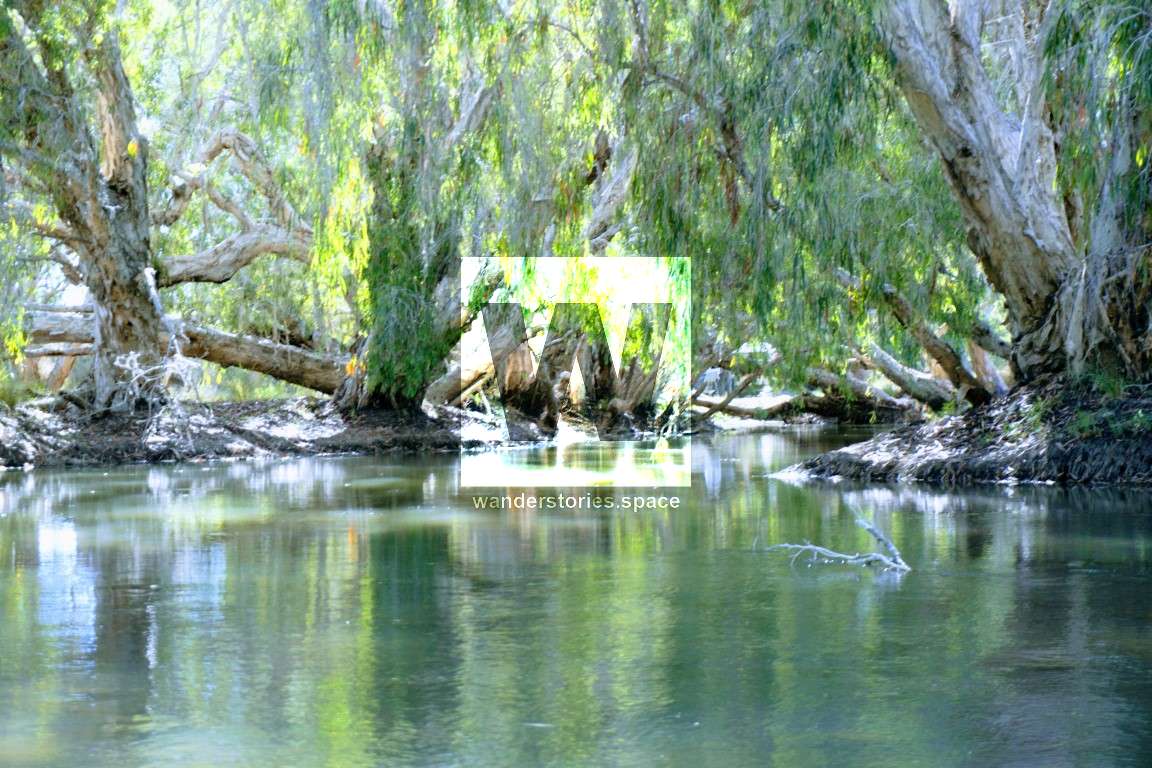
Ludwig Leichhardt and his team were the first Europeans to explore the area on 4 May 1845 on his expedition from Moreton Bay to Port Essington (now Darwin). Leichhardt was very impressed with the area saying:
"... we discovered an en extensive valley with large lagoons and lakes, and a most luxuriant vegetation, bounded by blue distant ranges, and forming the most picturesque landscape we had yet met with. A chain of lagoons connected by a reedy brook followed the outlines of the table land, along the foot of its steep slopes. ... Water, grass, hills, mountains, plains, forest land; all the elements of a fine pasturing country, were here united."
Leichhardt uses the term "valley of lagoons" several times in his book, presumably the origin of the name. There's a monument and plaque mentioning the Valley of Lagoons locality, the expedition and where the early European explorer, Ludwig Leichhardt, camped.
Leichhardt was very impressed with the area, in regards to rearing livestock and based on Leichhardt's favourable reports, George Elphinstone Dalrymple explored the area in 1859. Mr Dalrymple was part of the company that established the Valley of Lagoons Station in 1862 after the area was opened up by the government.
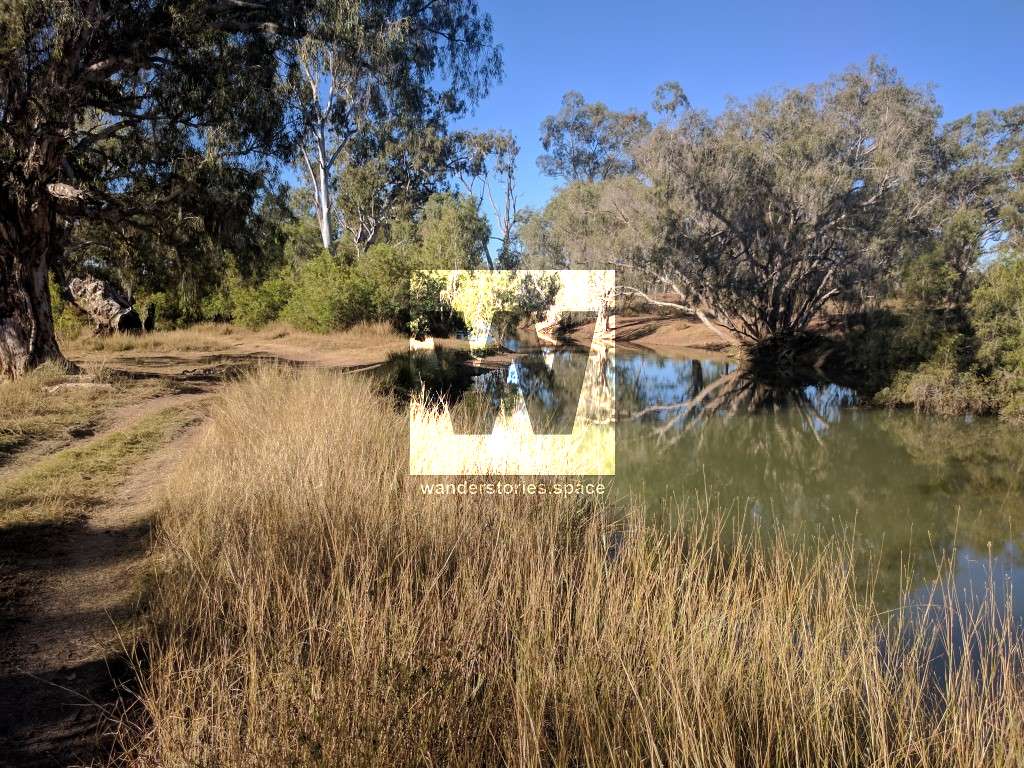
The 36.4 square kilometres area of wetlands is on a basaltic plateau covered by an inland flood plain that hosts several large off-channel lakes that provide a permanent aquatic habitat. The area is DIWA (A Directory of Important Wetlands in Australia) listed and is a valuable habitat for fish and waterbirds.
The area contains a major basalt feature - the 7000-year-old Kinrara lava flow - with many springs emanating from a number of locations which in turn drives permanent water flow through the area, the condition of the wetland is good.
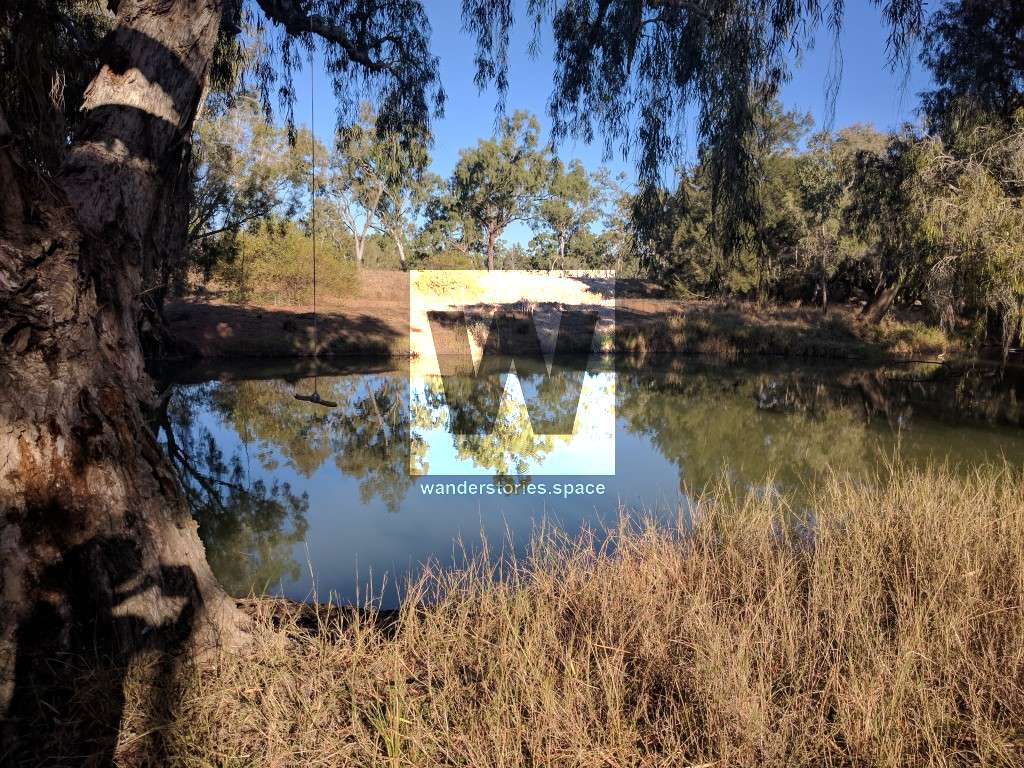
The abundance of bird life makes it a perfect place for bird watchers and enthusiasts. It's also popular for kayaking, boating, fishing, and catching Redclaw. You will also find a few rope swings around the place so you can make a splash and cool off in the refreshing water.
There is a small hill that will give you a good perspective and a view of the area.
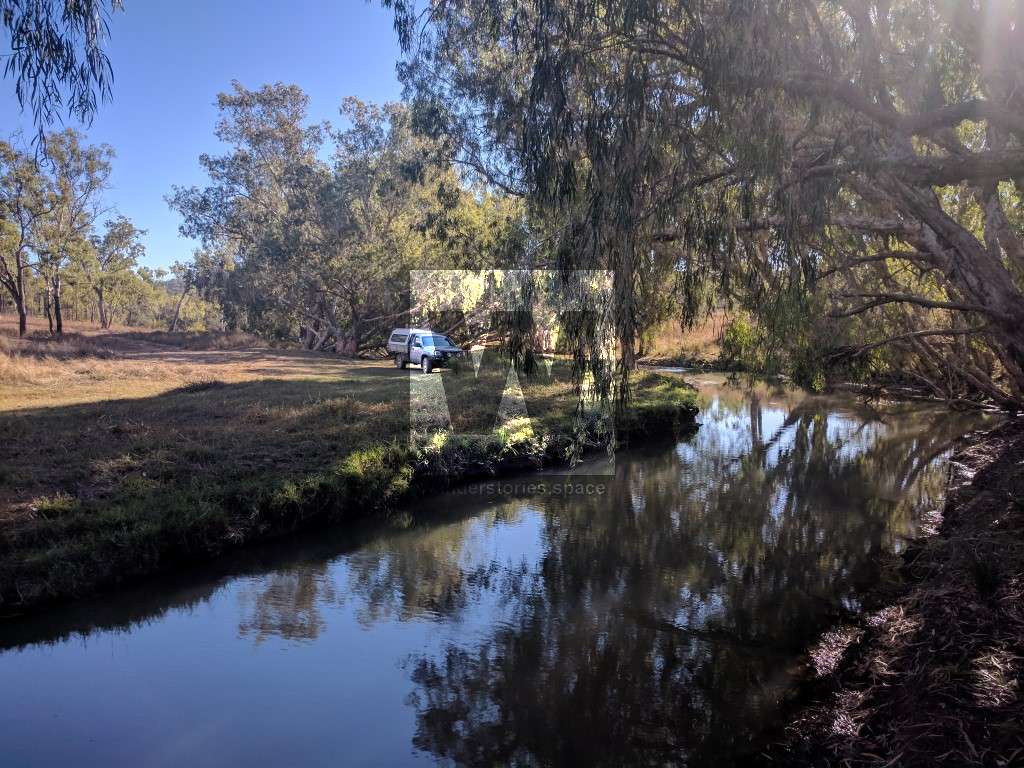
As usual with bush camping, there are no facilities provided so that means you will need to take a shovel to bury human waste (15 cm deep and 100 m from camp sites, tracks and watercourses) and TAKE YOUR RUBBISH HOME with you.

There is a multitude of camping spots and you won't find a bad one. There are a few with excellent shade next to the water's edge.
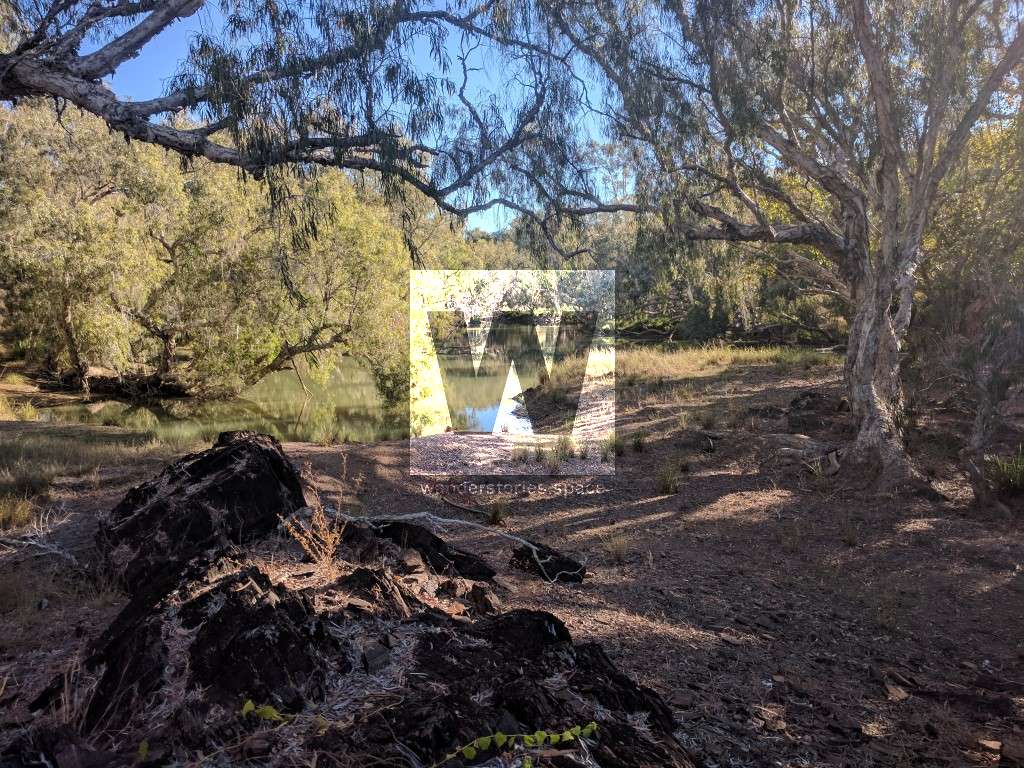
Interactive Map
Here's an interactive map of the camping areas:
It is recommended to visit during the week away from school holidays and long weekends so you can have the place to yourselves. A popular time of the year is the Easter weekend; there would be about 200 people scattered throughout the location and it would be overpopulated.
Also, it hosts the Reedybrook Ashes which is a charity cricket event held on a weekend every August. Get a cricket team together and get up to the Reedybrook Ashes for a great weekend and raise funds for the Flying Doctor.
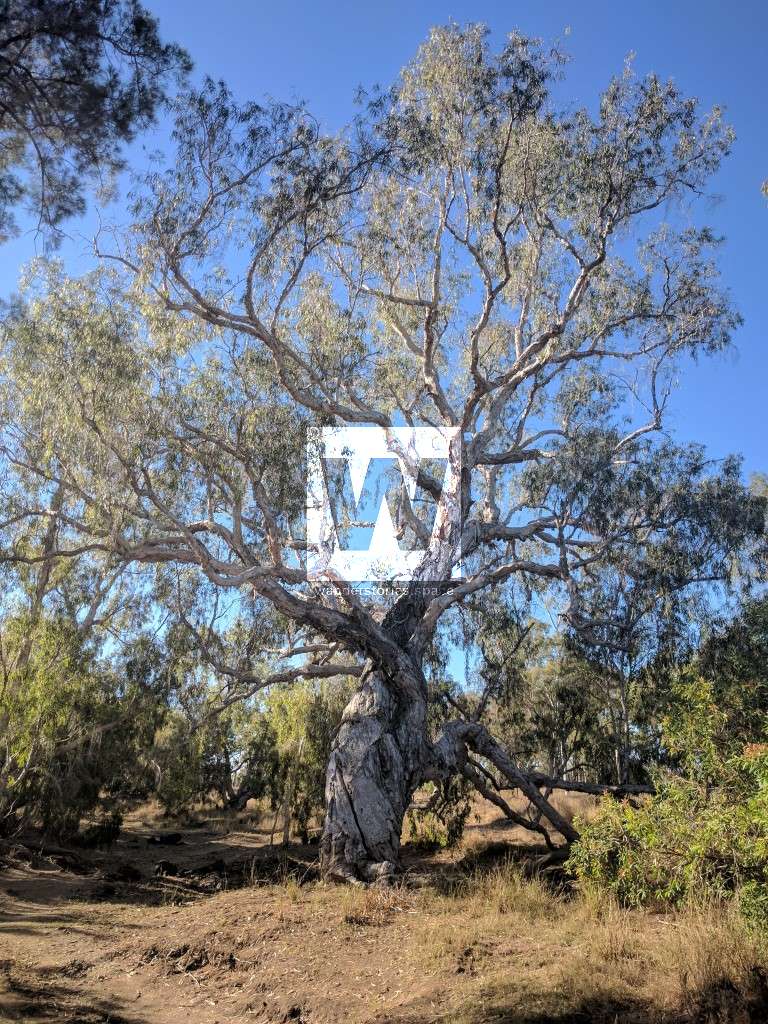
It's suggested to allow for two nights and go home after one if you're not suitably impressed with the area.
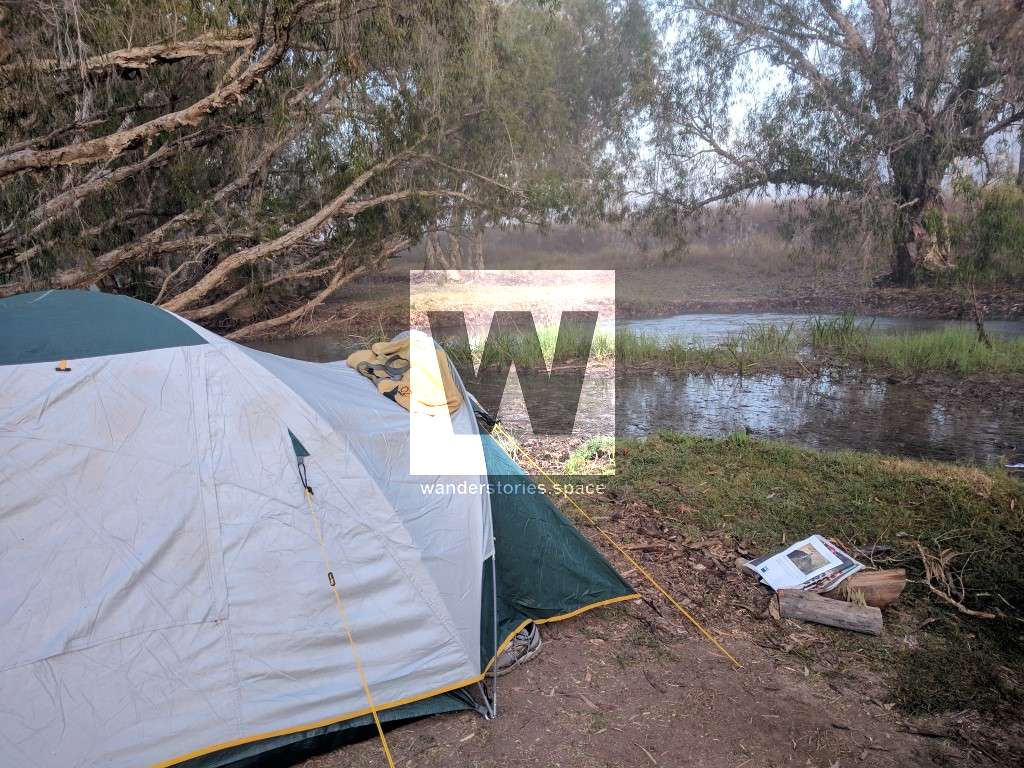
The current owners of the station are George and Audrey Harriman who very kindly allow people to camp here. Please respect their property. They also appear to allow pig hunting so you hear the odd shot in the distance, don't be alarmed; you may notice some campers with their pig dogs. You don't need to book. Please note that motorbikes are not allowed.

The firewood situation is a bit sad around the river, but you may be able to scavenge some wood leftover by others. If you head back towards the Greenvale road for about 4 to 5 kilometres you may be able to find some timber. It's heavy, long burning wood. Just be sure to extinguish your fires before leaving.
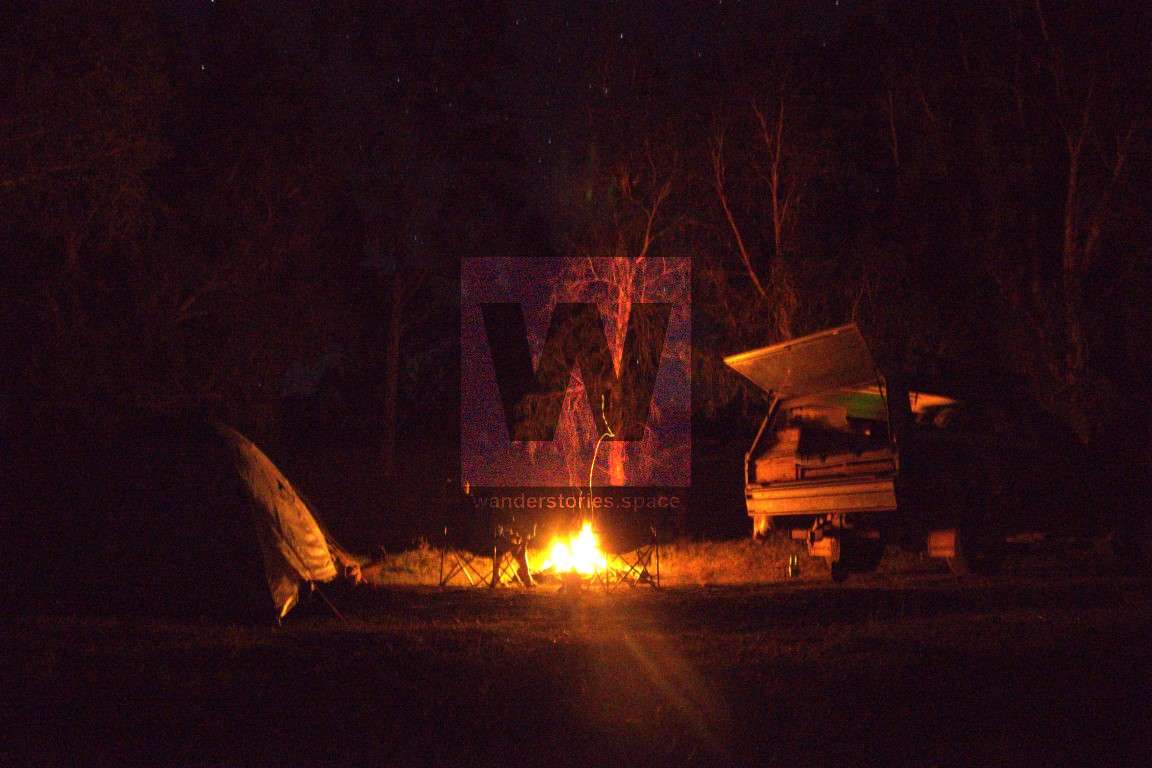
You do not need a high clearance vehicle or four-wheel drive to access Reedybrook Station but if you want to access all of the campsites you will need to cross the creek.
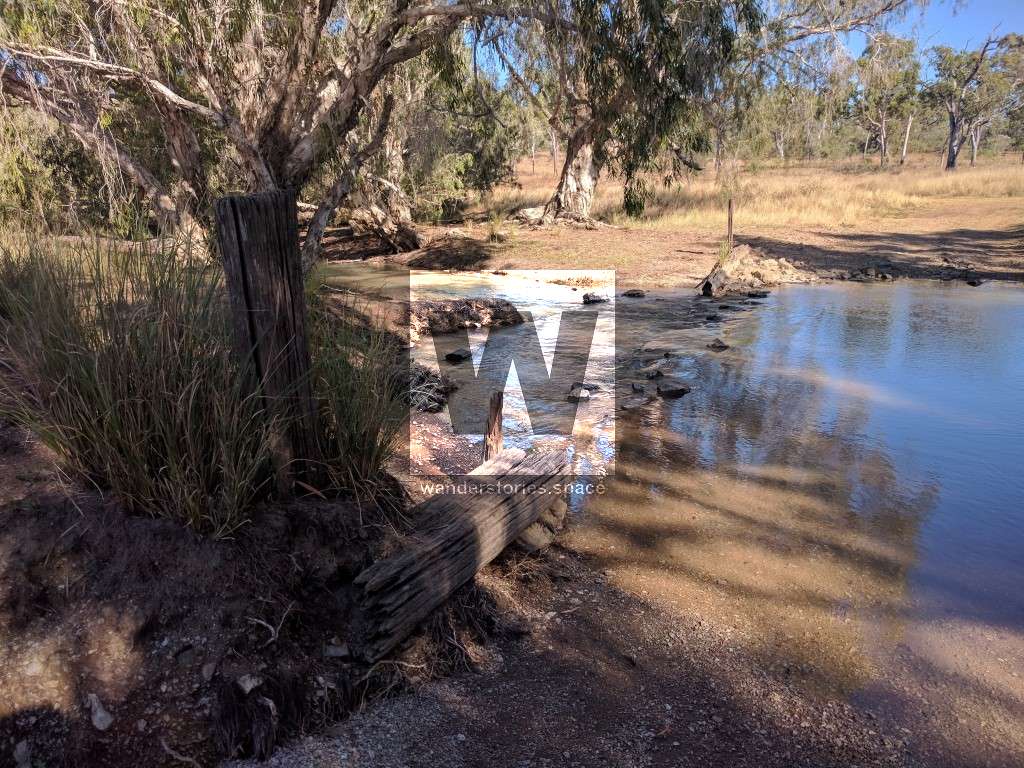
It is pretty well signposted and is possible to navigate there without a GPS as long as you have a rough idea; there aren't many forks in the road but that being said, there are a couple of turns that will keep you guessing.
Undara Lava Tubes are also worth a visit if you're heading that way.
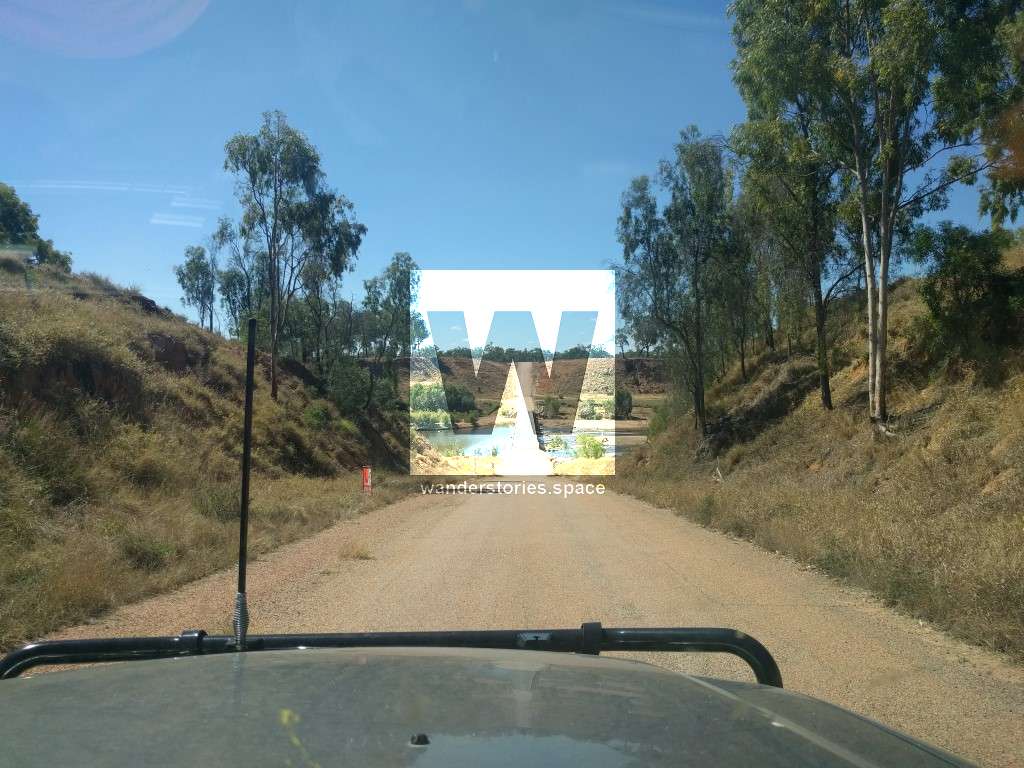
There are two ways to get to Reedybrook Station from Townsville
The long unsealed road (Lava Plains Mount Fox Road)
The 160 kilometres of corrugated dirt road with dips and creek crossings. I wouldn't want to go there in the wet season by this route. The low-level grid bridges and corrugated, windy roads make for an interesting drive and for someone who hasn't ventured into the outback, the landscape can be fascinating. Just keep an eye out for washouts. You don't usually see many cars on the dirt roads in the outback.
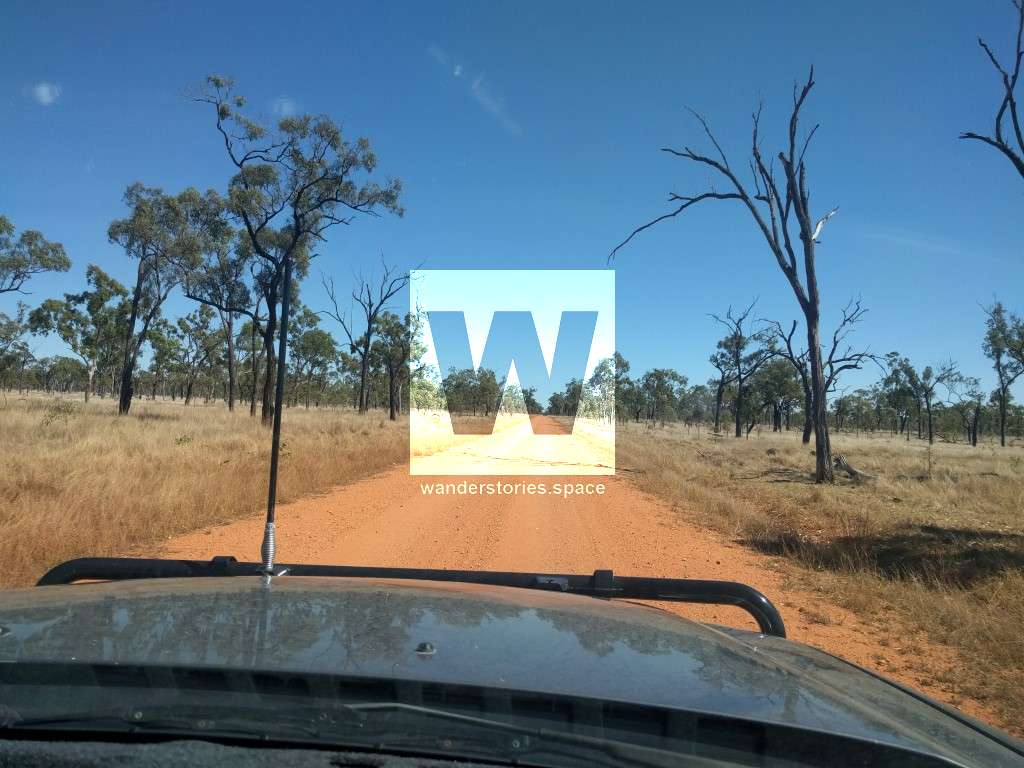
The longer way
The other route only has 50 kilometres of well-maintained dirt.
The turn-off to Valley of Lagoons Road is about 50 kilometres North of the Oasis corner or about 110 kilometres South of Mount Garnet if coming from that direction.
From Townsville, take the Herveys Range Developmental Road turning right onto Gregory Developmental Road (The Great Inland Way), then right on Kennedy Development Road, and another right onto Valley of Lagoons Road. There is a dam on the left side of the road (heading north) at the turnoff.
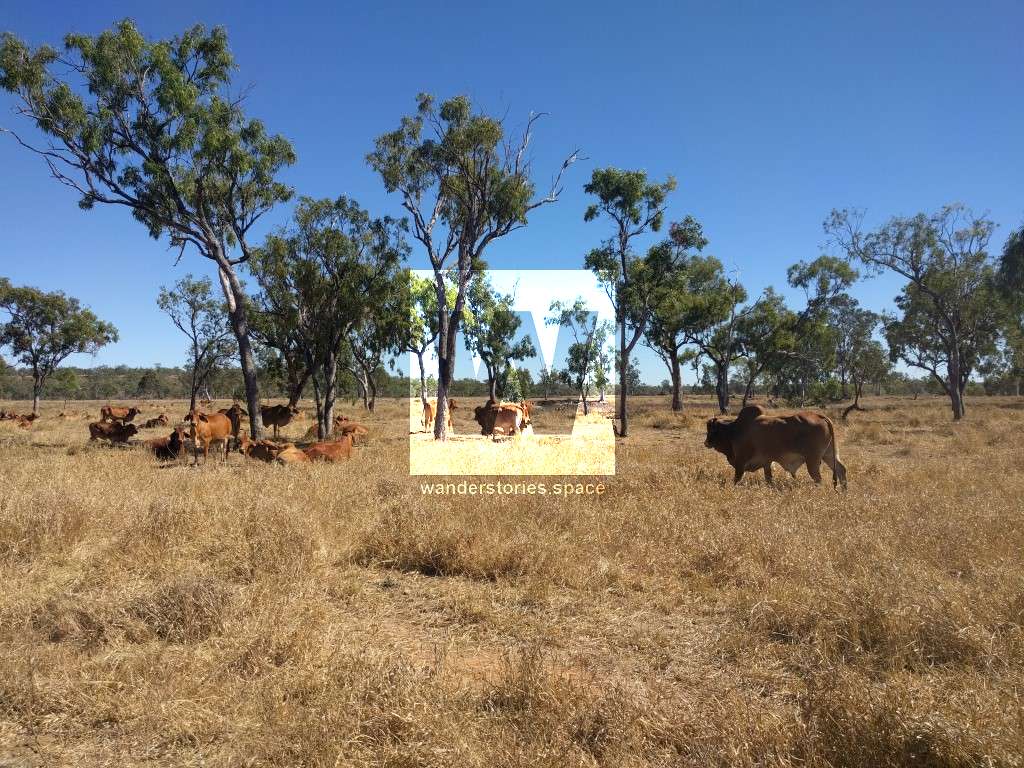
After the turn, it's about 50 - 55 kilometres in on a newly graded road. The drop into the valley is a few hundred metres before the Reedy Brook homestead turn-off.
This article, and all other articles, are for entertainment purposes only and are not to be used as a guide. Please see our Disclaimer for more information.
